Antwerp 1865 – 1936
Belgian Painter
Acacia Dealbata Mimosa
Signature: Signed bottom left
Medium: Oil on canvas
Dimensions: Image size 80 x 40 cm, frame size 104 x 64 cm
Biography: Frans Mortelmans, a painter celebrated for his exquisite still lifes, floral compositions, landscapes, interior scenes, maritime vistas, beachscapes, and portraits, graced the art world with his remarkable talents. Born in the picturesque city of Antwerp on the 1st of May, 1865, he was destined to become a luminary in his field. Interestingly, he was the elder brother of the renowned Flemish composer-conductor Lodewijk Mortelmans (1868-1952), adding a touch of artistic genius within the family.
Frans’s formative years were spent in the vibrant ambiance of Saint Paul’s parish, where his artistic inclinations began to take shape. His journey led him to the hallowed halls of the Fine Arts Academy of Antwerp, where his mentors included luminaries like Edward Dujardin, J.E. Van den Bussche, P. Beaufaux, E. Siberdt, J. Geefs, Albrecht De Vriendt, Karel Verlat, and most notably, Lucas Schaefels.
Setting out on his artistic path at a tender age, Frans entered the academy in 1876, forming bonds with fellow students who would become his artistic comrades. Among them were Charles Mertens, Jozef Van Leemputten, Everaard Chappel, Henry Luyten, Josef Dore, Jan Rosier, Evert Larock, Jozef Ratinckx, Piet Van Engelen, and Arthur Pierre. Continuing his artistic odyssey, he pursued advanced studies at the Higher Institute of Fine Arts in Antwerp, under the guidance of Juliaan De Vriendt and Frans van Leemputten.
Mortelmans ingeniously promoted his craft through various exhibitions, collaborating with fellow artists to share his creations with a wider audience. Notable among these exhibitions were the prestigious Triennial Salons of Ghent, Antwerp, and Brussels. He also held solo exhibitions in esteemed galleries such as Verlat, Lamorinière, and Wijnen in Antwerp. His participation extended to group exhibitions hosted by cultural associations like Arte et Labore and De Scalden in Antwerp, as well as art associations in Mechelen and beyond (1906-1907). The association De Scalden, established in 1889, played a pivotal role in fostering his artistic growth, supporting innovative trends in the arts and diversification.
In 1910, Mortelmans took on the mantle of a professor of still-life painting at the Art Academy in Antwerp, leaving an indelible mark on the next generation of artists. Noteworthy pupils include Antoon Marstboom, Franck Mortelmans, and Joris Minne.
Mortelmans’ oeuvre encompassed a wide range of subjects, initially characterized by tightly arranged objects executed in a precise style. However, his artistic evolution brought forth a virtuoso touch, a symphony of colors that adorned canvases without overwhelming them. His works exude a decorative quality, perpetually in search of harmonious composition. Working from his private studio since 1892, he developed a distinctive realism that gradually embraced impressionistic elements, signaling the maturation of his artistic vision.
Mortelmans’ mastery in still life painting finds resonance within the vibrant artistic tradition of Antwerp. Among his contemporaries, luminaries like Willem Linnig Jr., Lucas Schaefels, and his own student Jozef Van de Roye stand out. Their collective contributions enrich the artistic heritage of the city.
Tragically, Frans Mortelmans bid farewell to the world on the 11th of April, 1936, in his cherished city of Antwerp.
Today, Mortelmans’ legacy continues to grace private collections around the globe. Museums, too, treasure his artworks, with notable holdings at the Royal Museum of Fine Arts in Antwerp, the Antwerp Town Hall, the Museum of Flemish Cultural Life, the Museum Mu-Zee in Ostend, the Kortrijk Museum, the Hof van Busleyden Museum in Mechelen, and the Joslyn Art Museum in Omaha, USA.
References from Flippo, ‘Lexicon of the Belgian Romantic painters,’ Thieme-Becker, Piron, Flippo, Arto, Berko, and Bénézit, along with the book ‘Frans Mortelmans: virtuoos bloemenschilder’ by Hostyn, Schiltz, and Schiltz, further illuminate the brilliance of Mortelmans’ artistic journey.
Condition: The artwork is elegantly displayed within a high-quality frame, impeccably preserved in its excellent condition. This piece is presented in a state suitable for immediate gallery hanging, having undergone meticulous professional cleaning and review.


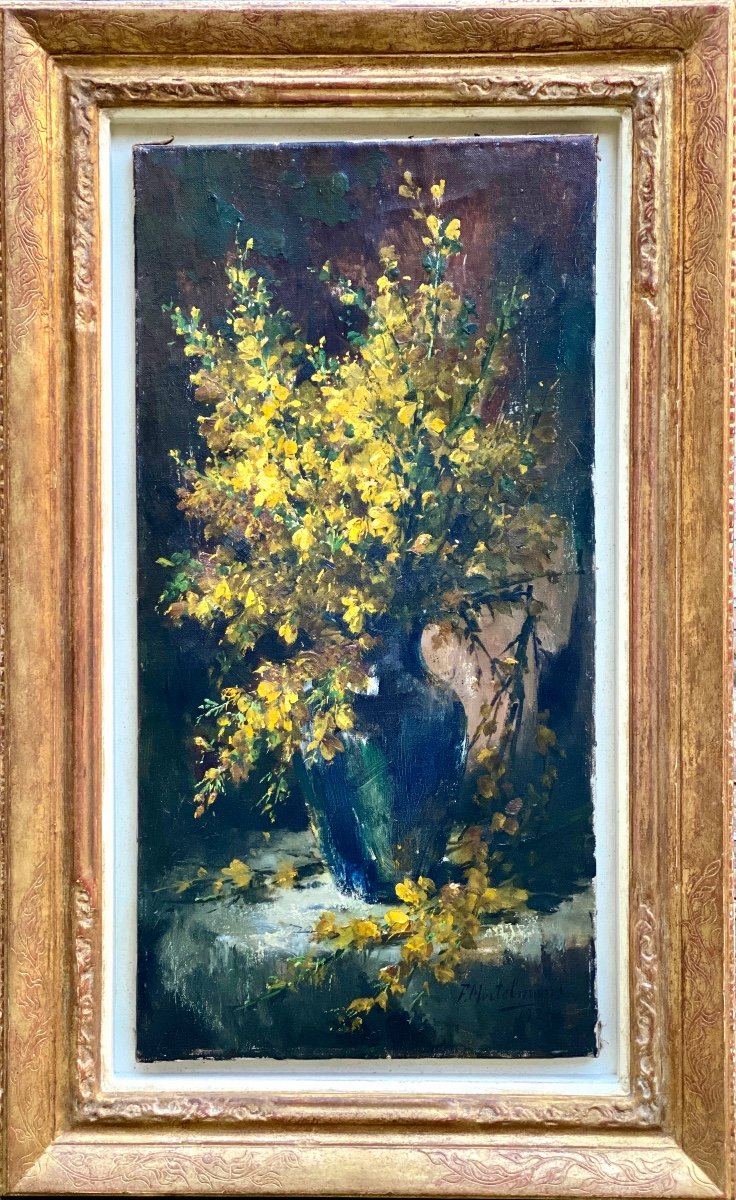
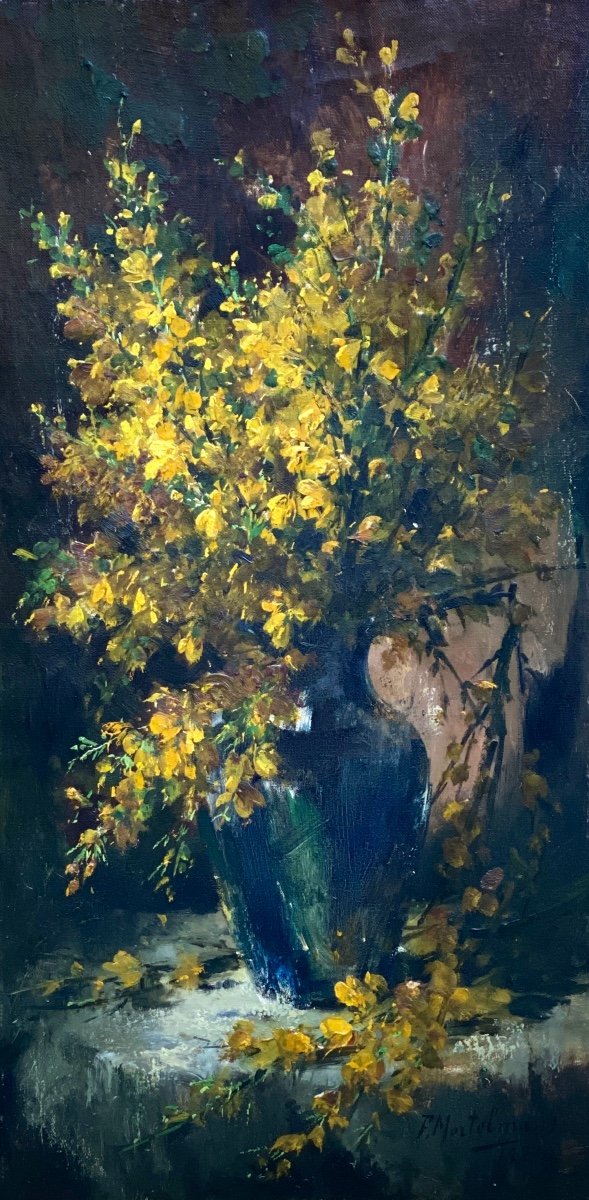
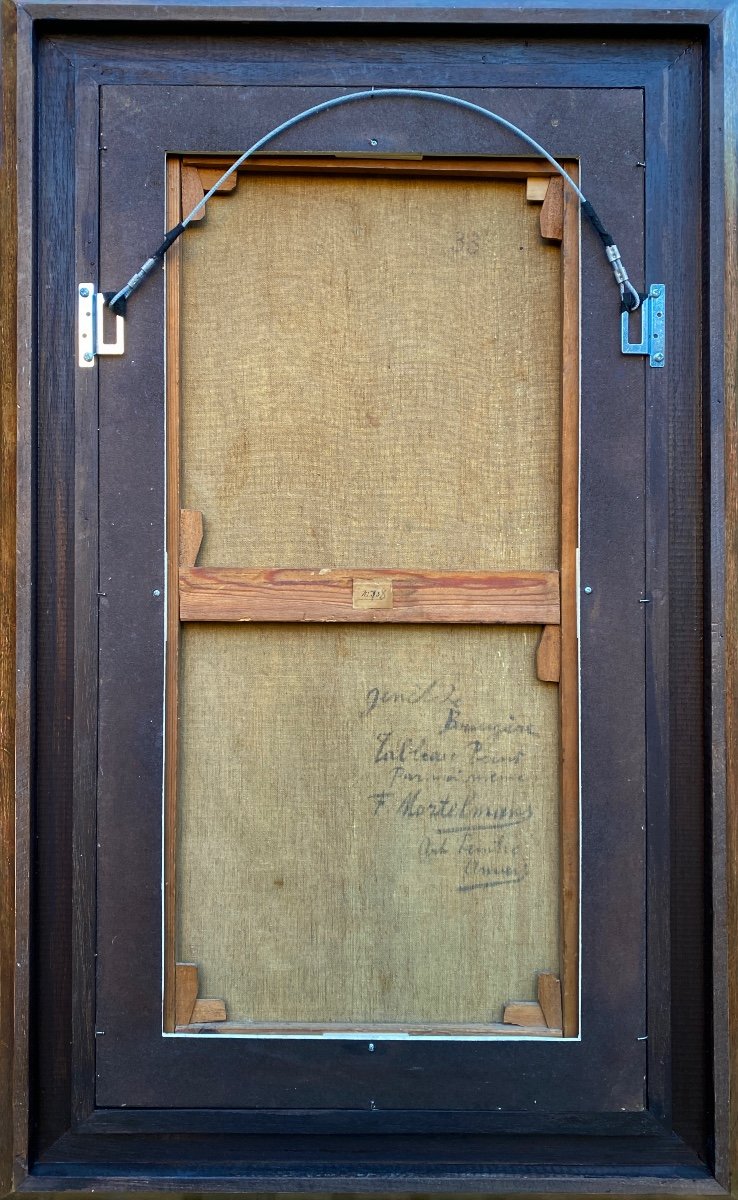
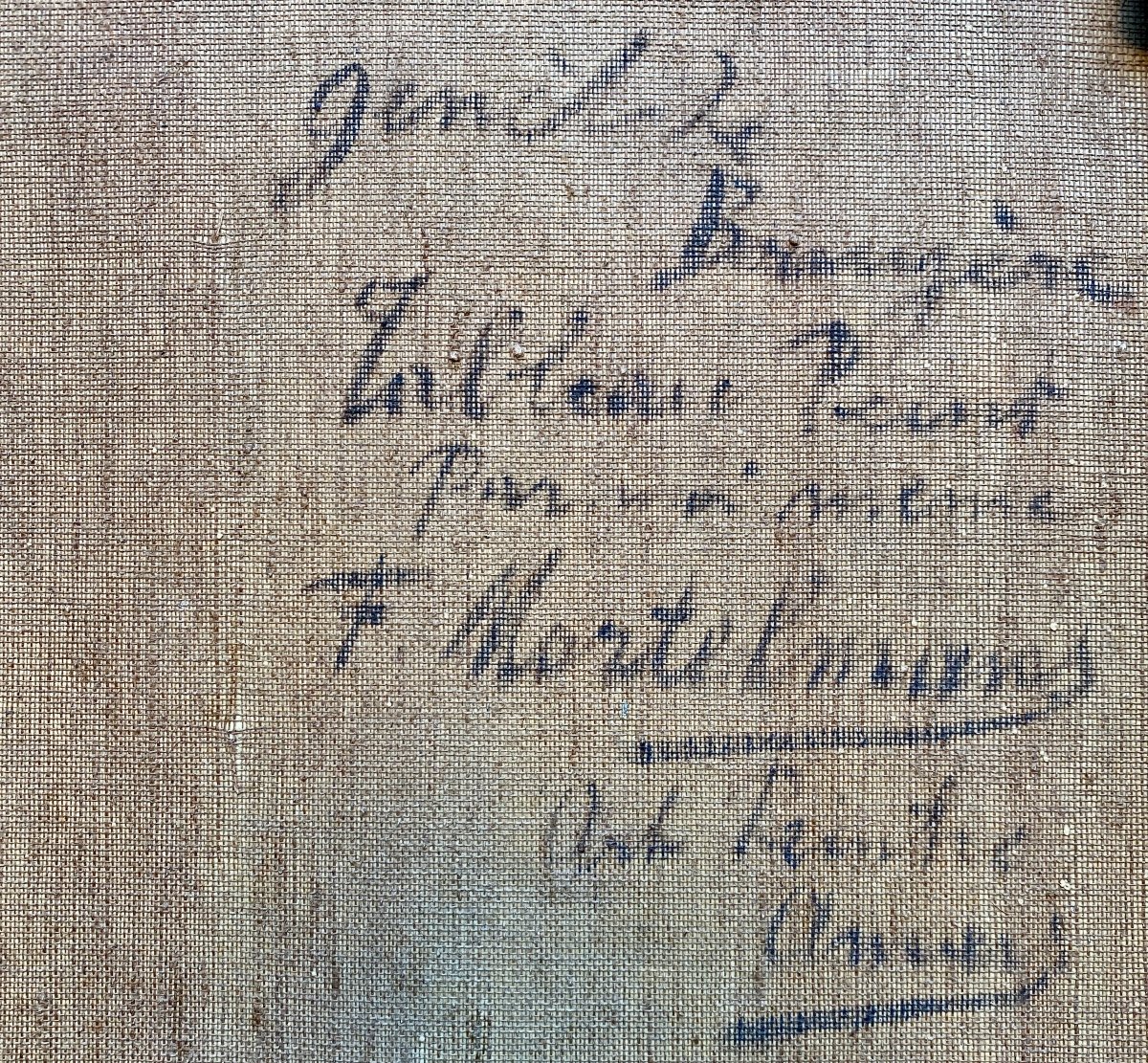
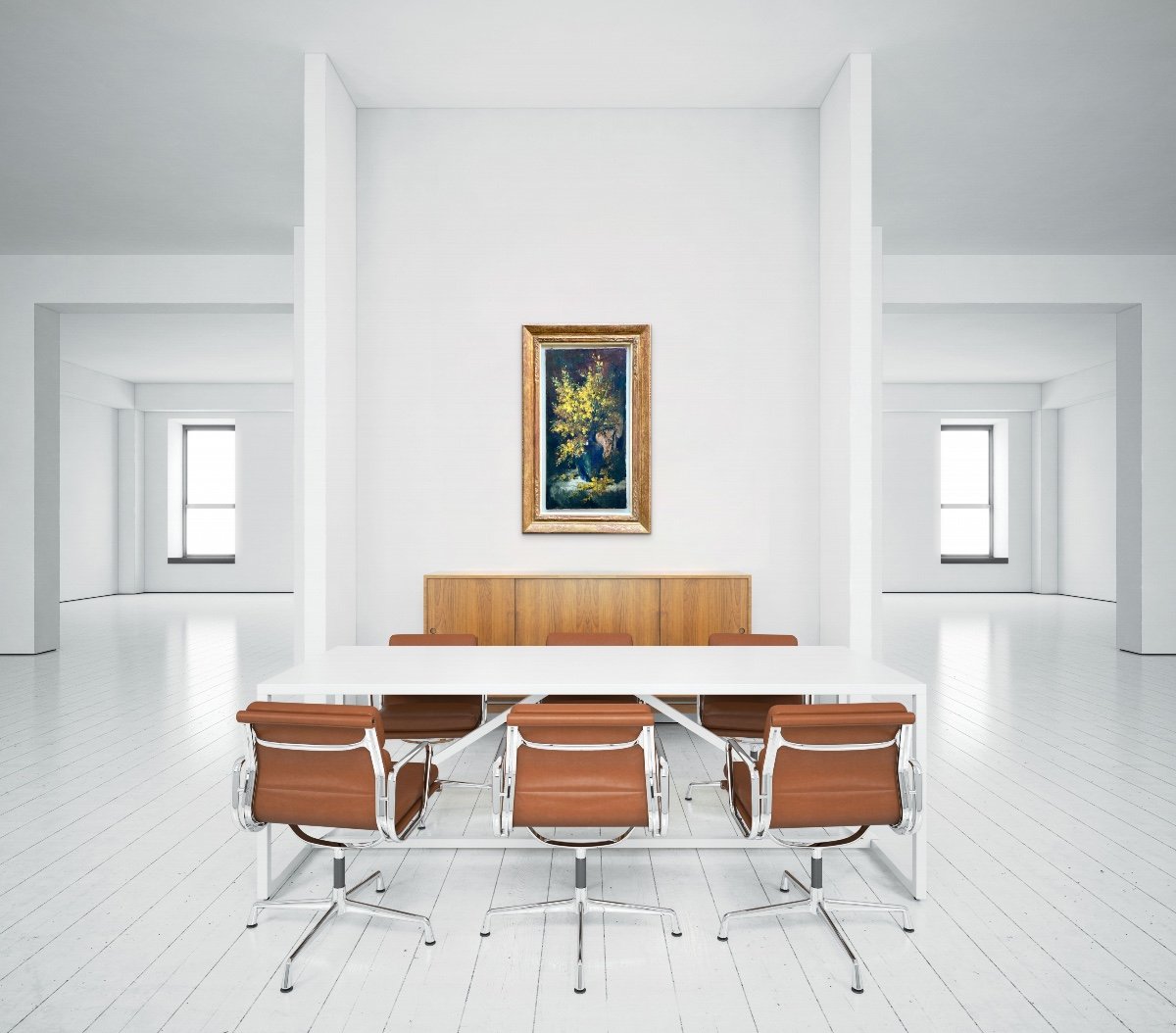
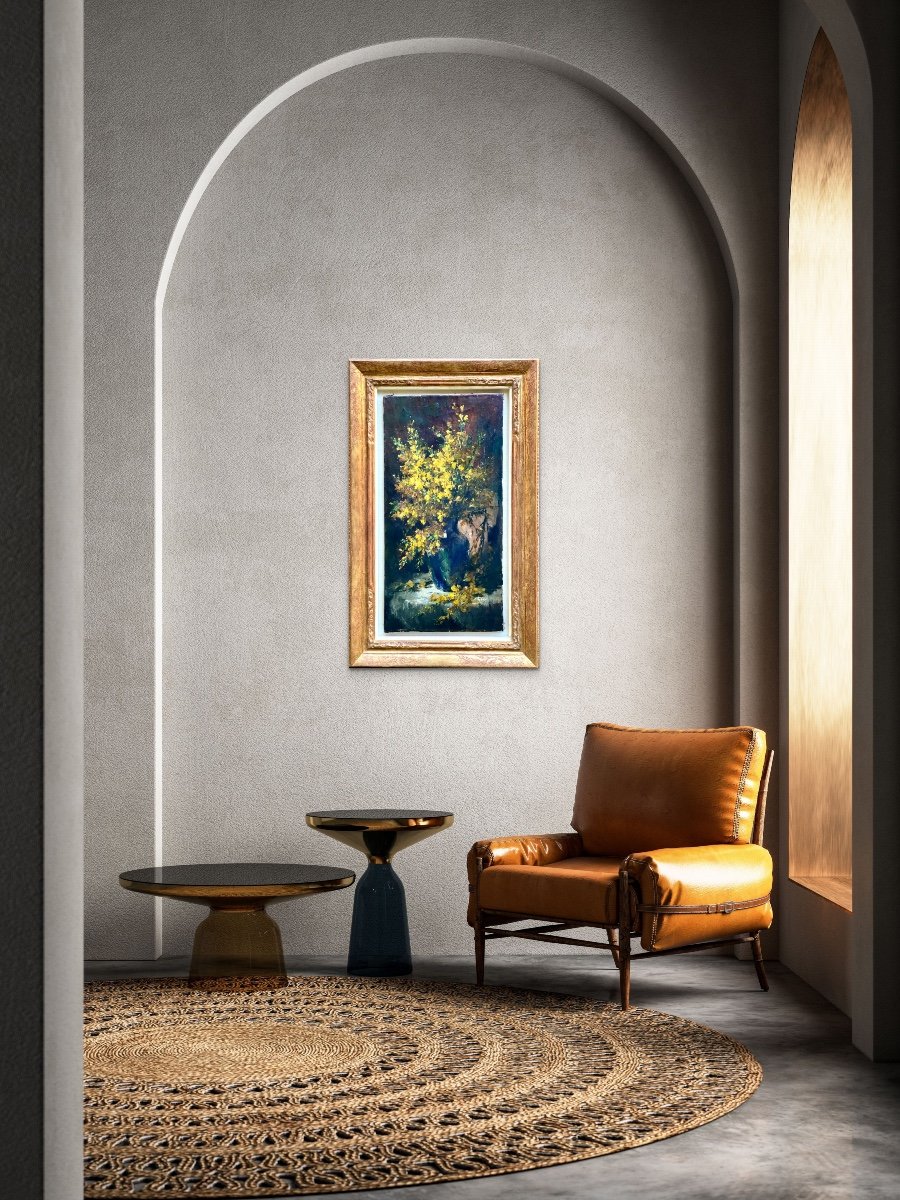
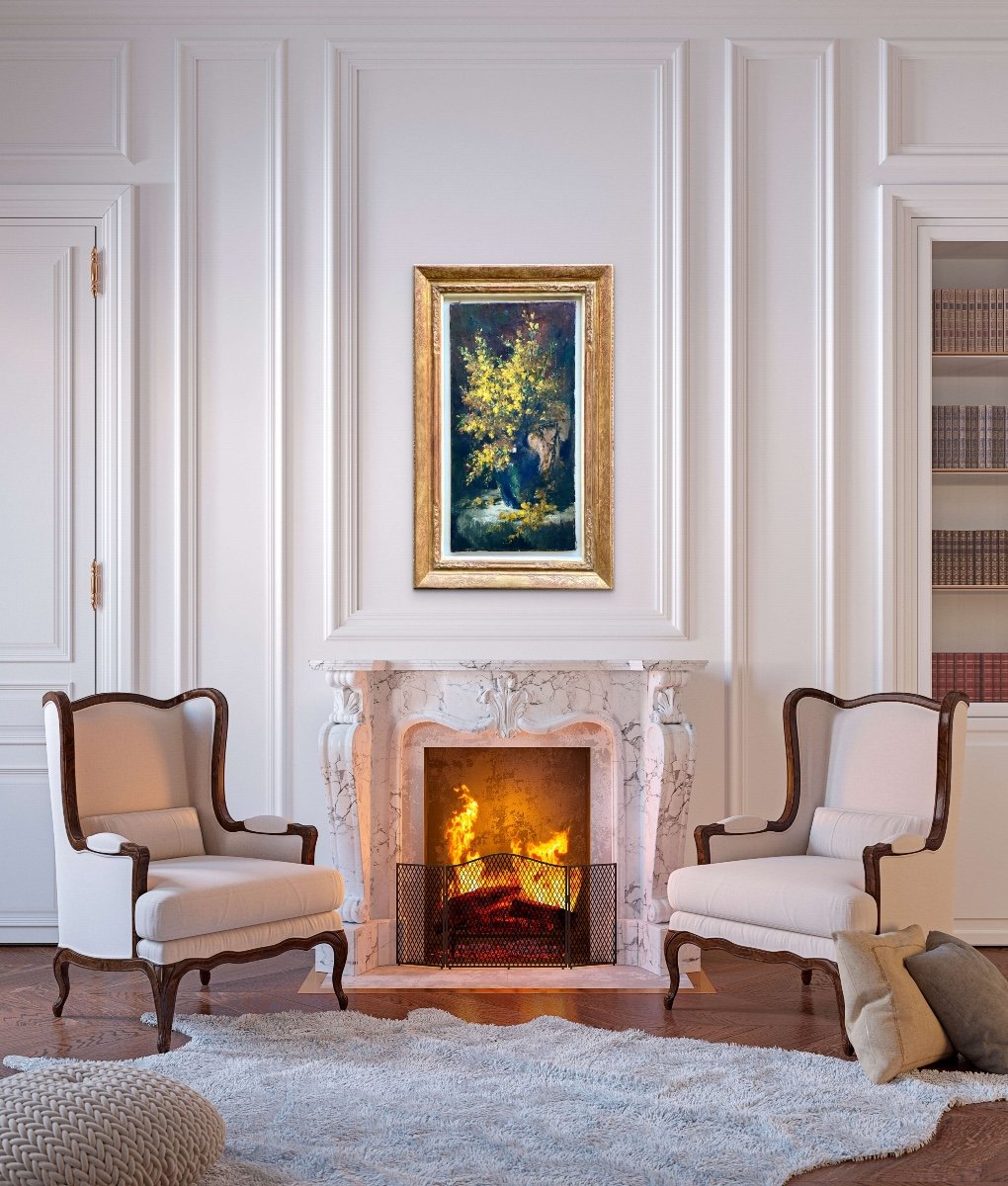








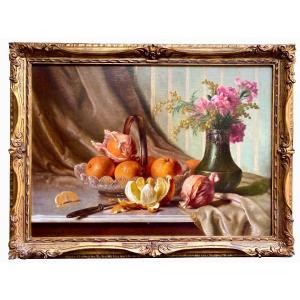
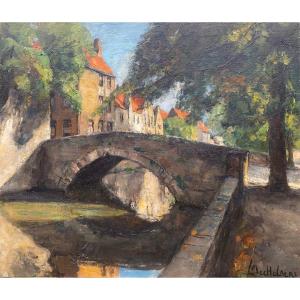

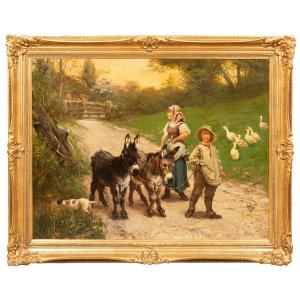
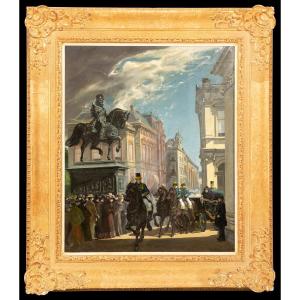
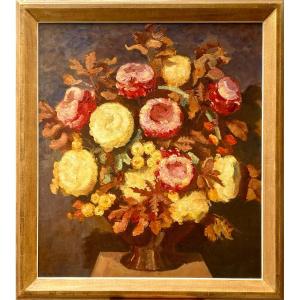
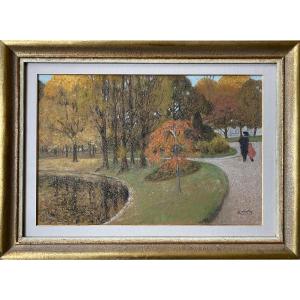
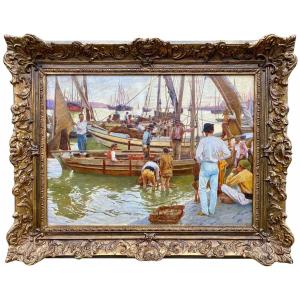
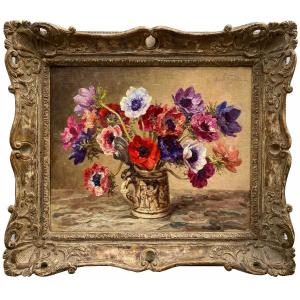
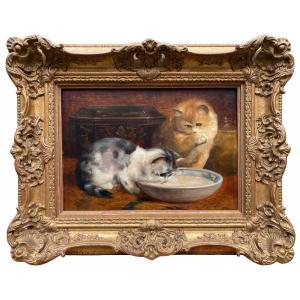


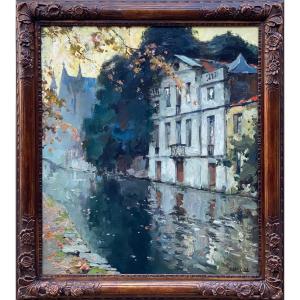

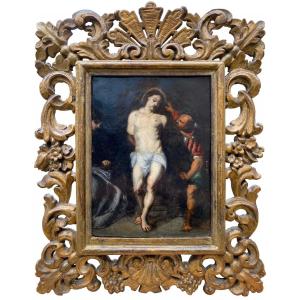
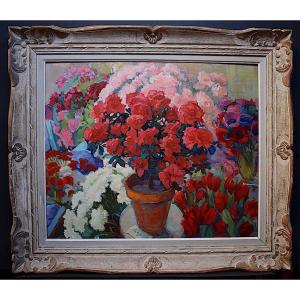


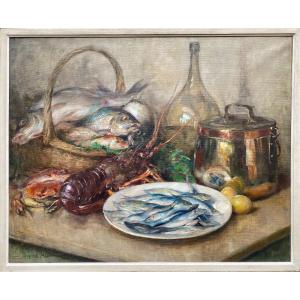
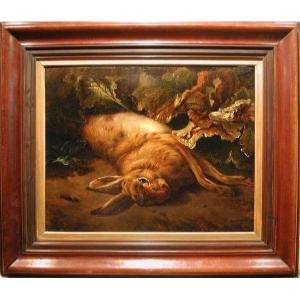



 Le Magazine de PROANTIC
Le Magazine de PROANTIC TRÉSORS Magazine
TRÉSORS Magazine Rivista Artiquariato
Rivista Artiquariato